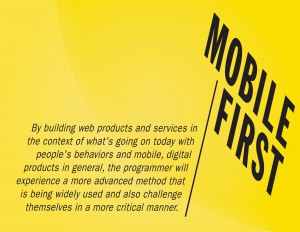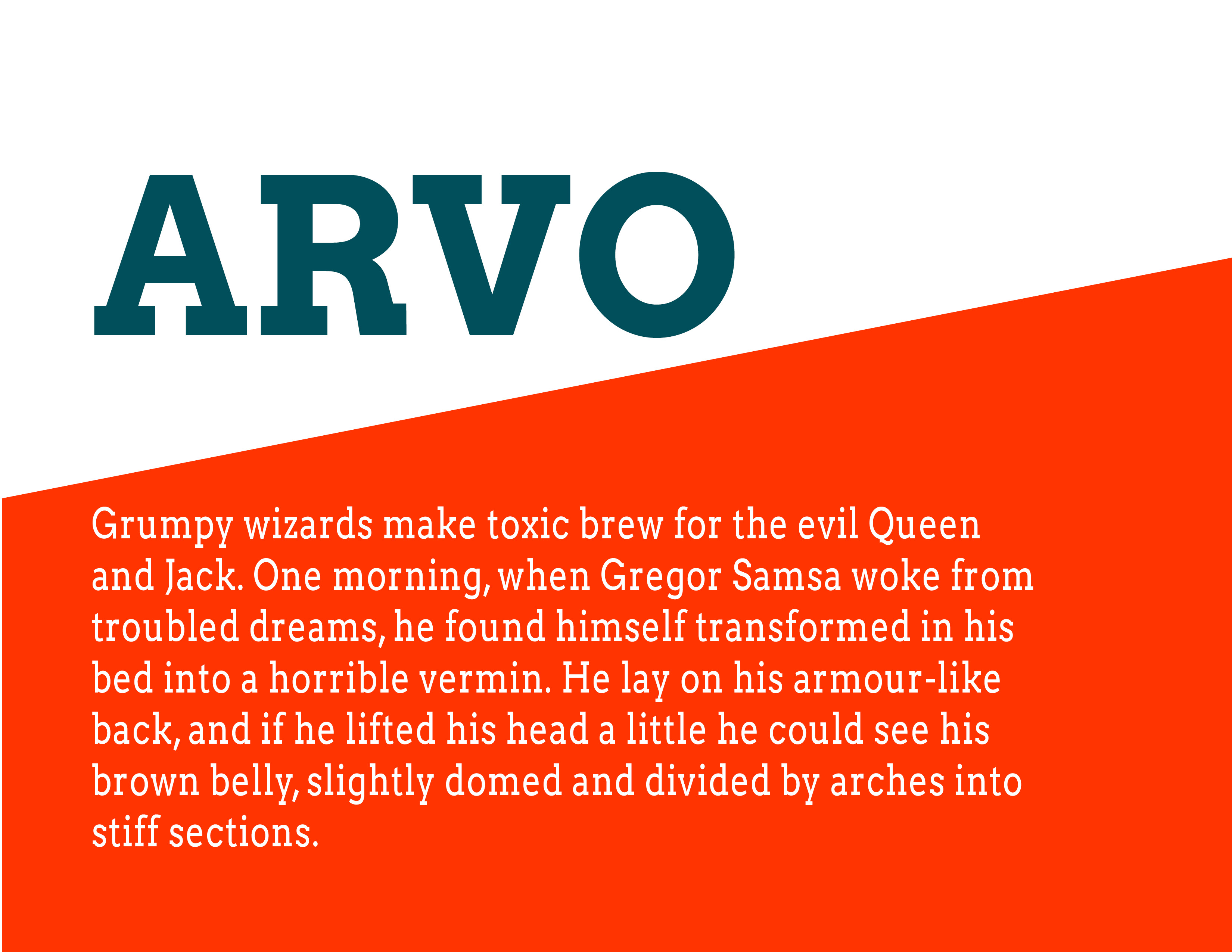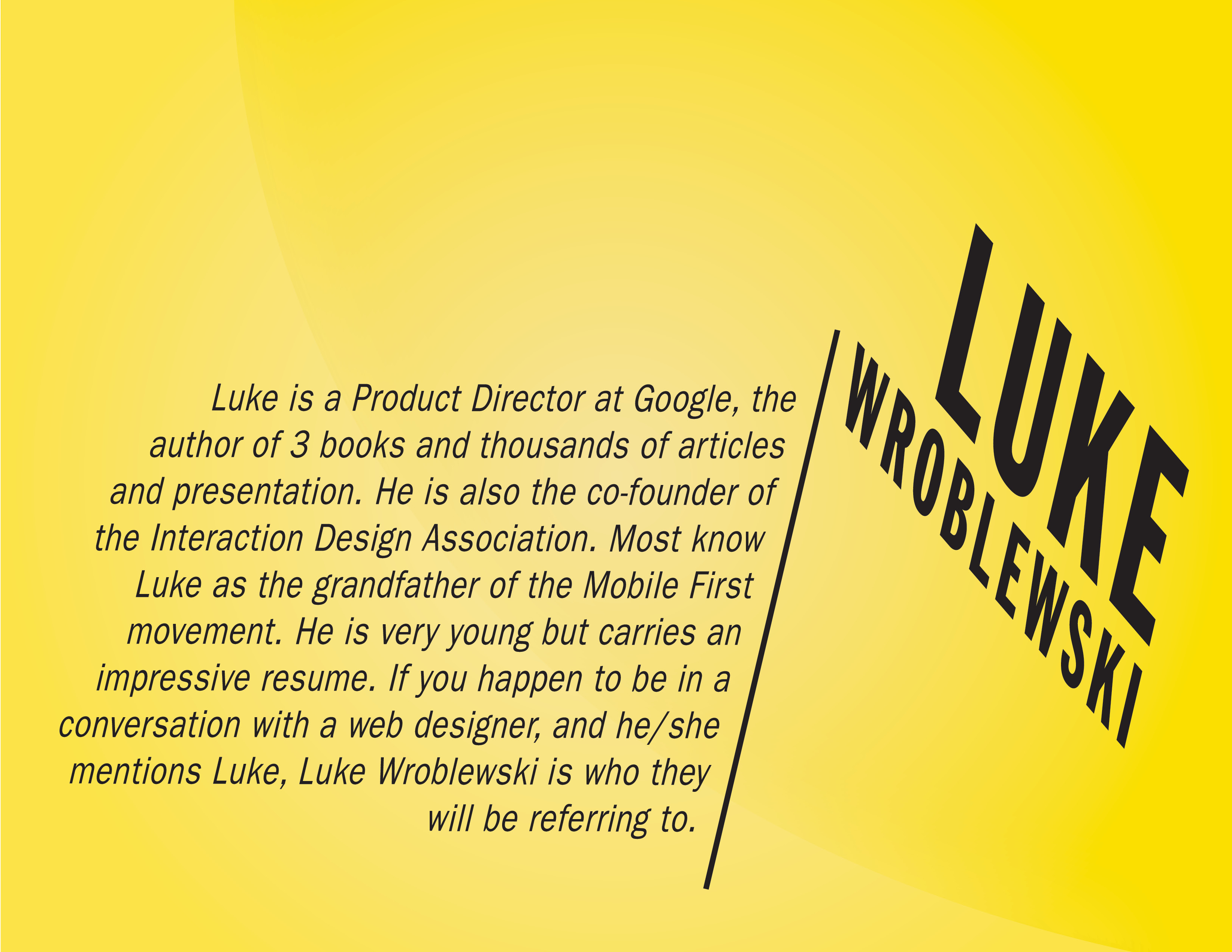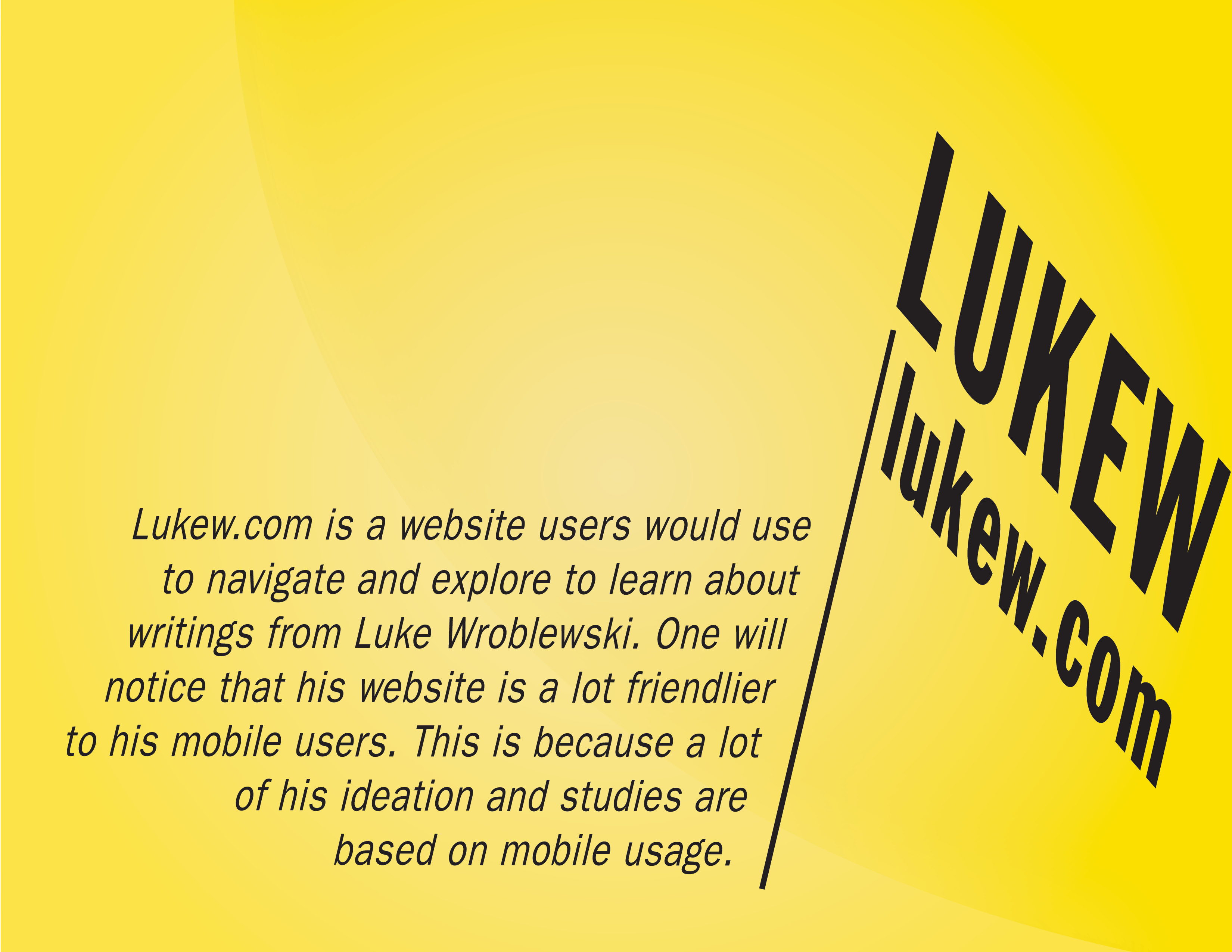Chapter 02 | Creating Styles and Style Sheets
Styles can get really big and confusing, cause frustration, and may be the reason you’re buying a new laptop. That is why a bunch of smart people built little systems to make them easier to read. Styles are necessary CSS codes when adjusting anything from the color of the header to the size of the paragraph’s type. When you complete a sheet full of codes, you got yourself a style sheet. There are two types of these – External and Internal. When you want an easier way to build your website or if you want to update your website faster, it would be smart to go with an External style sheet. Internal style sheets are less efficient, however they do make adding a webpage easy.
Class Work
Learning how to code using the Code Academy will be something I have always wanted to do, but just could not find the time to do. As I start of learning the basics I find it relaxing and, in a way, mindless. I definitely love to design hands on a lot better but I am excited to see what neat tricks I can learn along the way.
Research | Mobile First
Mobile first, according to Luke Wroblewski, is “a way to start thinking about building web products and services in the context of what’s going on today with people’s behaviors and digital products in general”. Whether you want to build a mobile platform or not, it makes sense to build a mobile version first even if you do not end up launching it. Use this advice not only because your competition will (growth = opportunity), but because you can bring these files back to your desktop to begin with web development. Wroblewski (co-founder of mobile first) stress’s that while beginning with the constraints of a mobile platform, you will be forced to focus harder because of the small screens and slow connections. There are lots of new and fun capabilities to play around with in mobile that have not hit the desktops yet. Overall when thinking mobile first you must keep in mind things like multiple screen sizes, or device capabilities. After studying in depth, mathematical and scientific solutions and applying this to your product, you could feature advanced works and present an impressive development.
Video: Mobile First!




